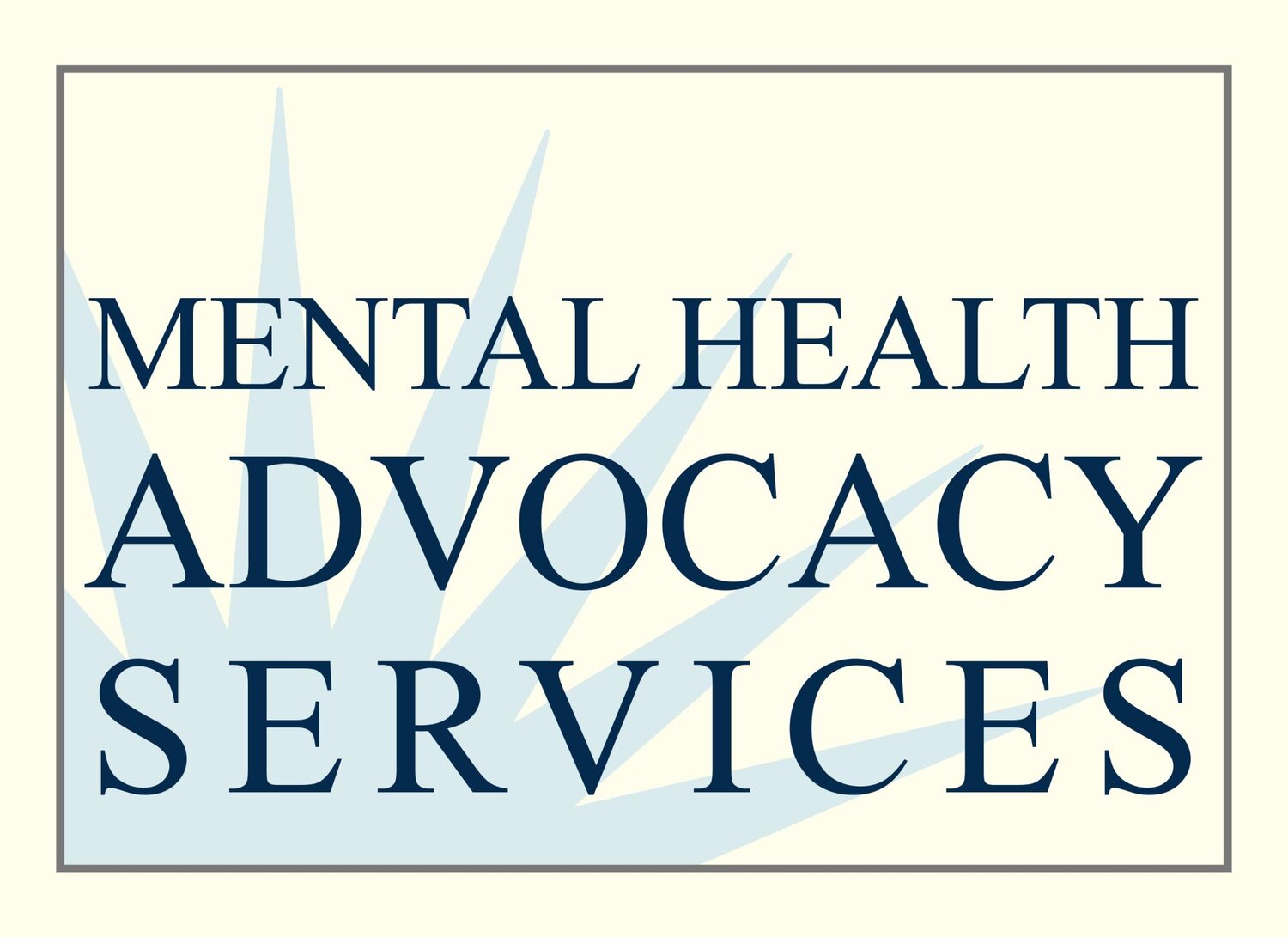Interdisciplinary, Intergenerational Intervention
by Eliza SchaflerEliza Schafler is an MHAS Equal Justice Works Fellow sponsored by Greenberg Traurig, LLP.
 Our Behavioral Health-Legal Partnership with Hathaway-Sycamores Child and Family Services is both interdisciplinary and intergenerational. It is interdisciplinary because it is a collaboration between various professionals: mental health clinicians, case managers, and lawyers. It is intergenerational because it is family-focused; a case is referred to BeHeLP because a child needs mental health treatment, but often that child’s caregiver becomes the legal client.Such a holistic model requires more than just logistical planning. It requires the mixing of diverse perspectives.First, the fact that BeHeLP is interdisciplinary means that different professional perspectives must be shared. A clinician’s point of view is needed to identify children in mental health treatment who are vulnerable, and to find the proper therapeutic supports for families in the midst of hardship. A lawyer’s perspective is needed to sift through the facts, draw out critical information, and locate where advocacy will be effective.Next, the BeHeLP focus on families demands a challenging mix of viewpoints. Hathaway-Sycamores clinicians must focus strictly on goals for children, while I, as the attorney often working with caregivers, must honor the needs of adults as well. I can help clinicians serve children by drawing attention to issues of housing and financial stability, which can have a huge effect on children’s lives. Meanwhile, working in a clinical environment for children reminds me to address special education, truancy, and other children’s legal issues.This collaborative spirit is not unique to BeHeLP; it is part of the medical-legal partnership movement. It helps us achieve outcomes for families and communities.
Our Behavioral Health-Legal Partnership with Hathaway-Sycamores Child and Family Services is both interdisciplinary and intergenerational. It is interdisciplinary because it is a collaboration between various professionals: mental health clinicians, case managers, and lawyers. It is intergenerational because it is family-focused; a case is referred to BeHeLP because a child needs mental health treatment, but often that child’s caregiver becomes the legal client.Such a holistic model requires more than just logistical planning. It requires the mixing of diverse perspectives.First, the fact that BeHeLP is interdisciplinary means that different professional perspectives must be shared. A clinician’s point of view is needed to identify children in mental health treatment who are vulnerable, and to find the proper therapeutic supports for families in the midst of hardship. A lawyer’s perspective is needed to sift through the facts, draw out critical information, and locate where advocacy will be effective.Next, the BeHeLP focus on families demands a challenging mix of viewpoints. Hathaway-Sycamores clinicians must focus strictly on goals for children, while I, as the attorney often working with caregivers, must honor the needs of adults as well. I can help clinicians serve children by drawing attention to issues of housing and financial stability, which can have a huge effect on children’s lives. Meanwhile, working in a clinical environment for children reminds me to address special education, truancy, and other children’s legal issues.This collaborative spirit is not unique to BeHeLP; it is part of the medical-legal partnership movement. It helps us achieve outcomes for families and communities.
